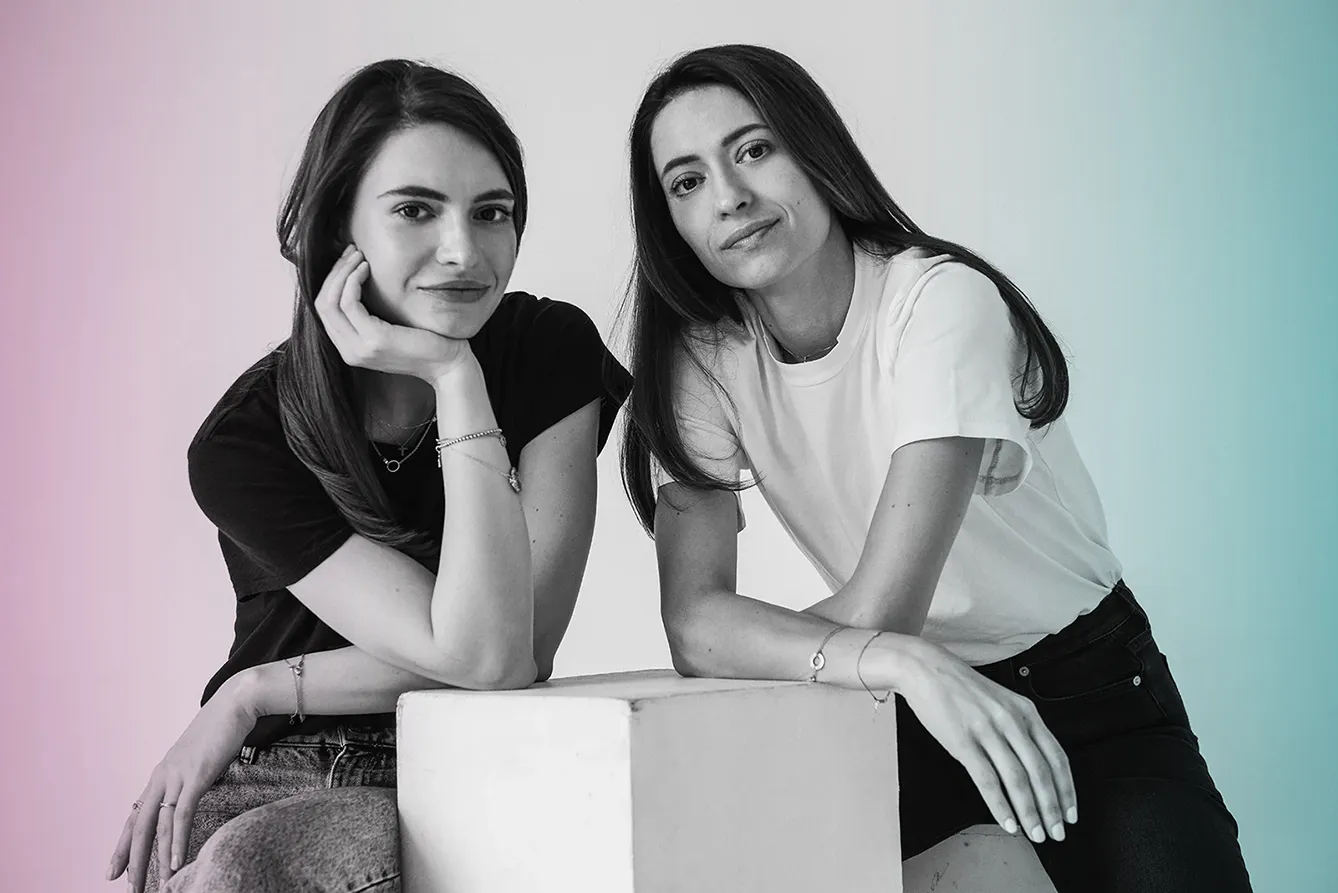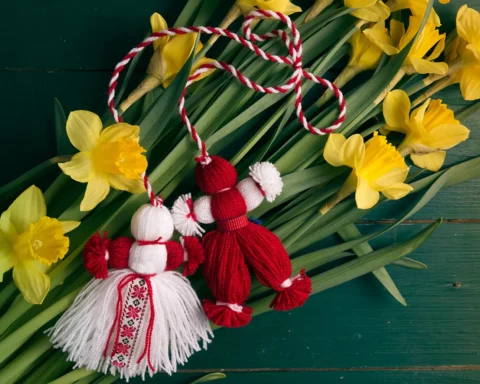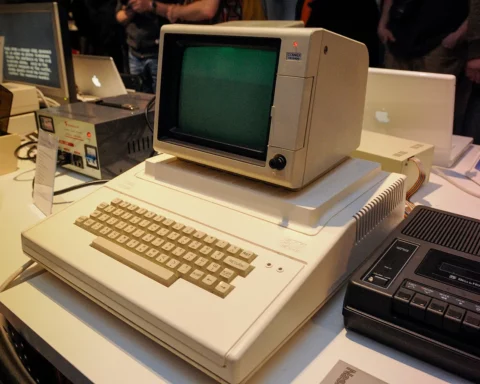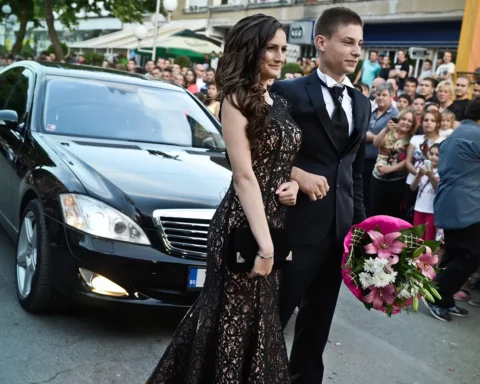Bulgaria is probably not the first country that comes to mind when it comes to making recognizable fashion in Europe. While this position has been largely delegated to France, Italy, Spain, and Sweden, to name just a few leading European fashion players, for many years Bulgarian seamstresses have been working quietly in the back, producing beautiful garments for luxury brands such as Armani, Burberry, Chloé, D&G, Escada, Givenchy, Hugo Boss, Kenzo, Lacoste, Marc Cain, Max Mara, Sonia Rykiel, and Vivienne Westwood.
But what about Bulgarian fashion, made in Bulgaria for Bulgarians? According to one busy Bulgarian stylist we approached for this story, “Bulgarian fashion doesn’t exist, end of story.”
We beg to differ.
Antonia Yordanova and Kristina Butchvarova, creators and designers of women’s mead-to-measure brand Knapp
We are certainly not an example of how to make a brand because we are not creating a product that is adequate in the marketplace. That probably doesn’t sound good, but in our case, we find it a positive testimonial because we don’t do fast or commercial fashion. We create our brand with a lot of love and respect for our knowledge of textiles, art, and our personal sense of aesthetics.
This quite logically leads to a conflict with the market and mass attitudes about fashion, about relevance, and even in terms of pricing, as we make an expensive product for the public. Our clothes are created with difficulty and with many challenges. We draw our patterns, digitize them, and print them on the materials chosen for the season. From there, the choice of accessories and details begins; even the cords and zippers are made especially for us with the colors and fabrics we have chosen.
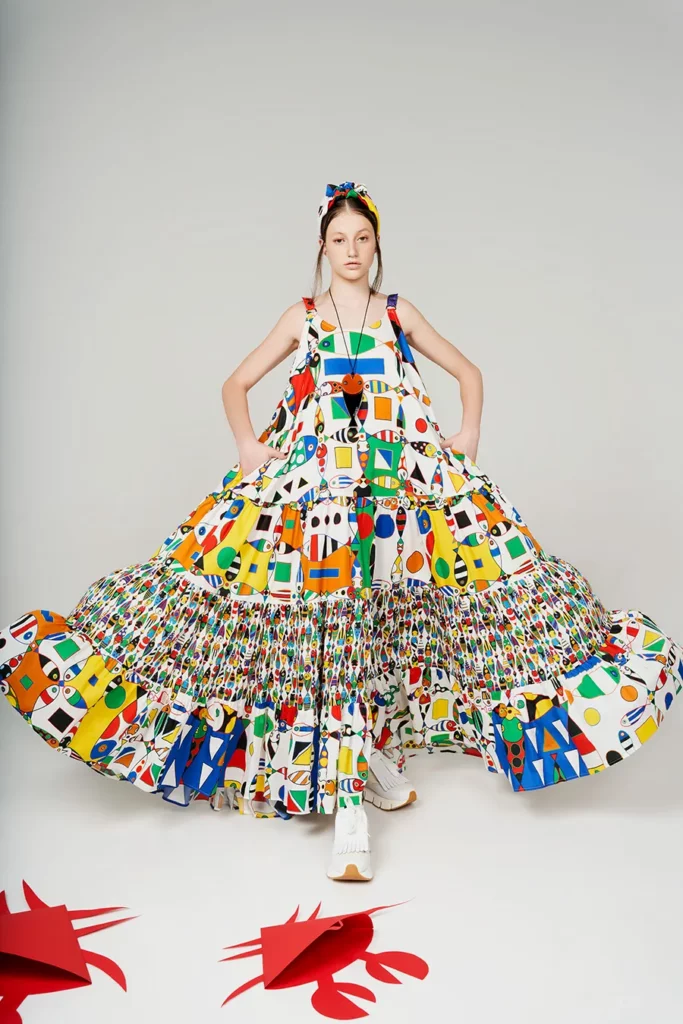
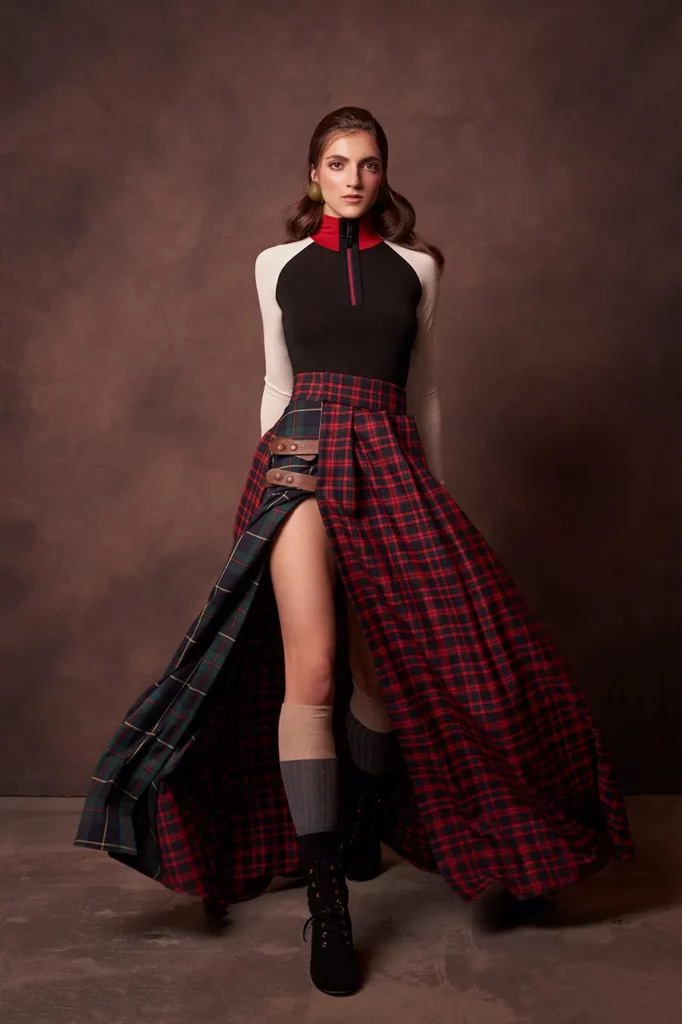
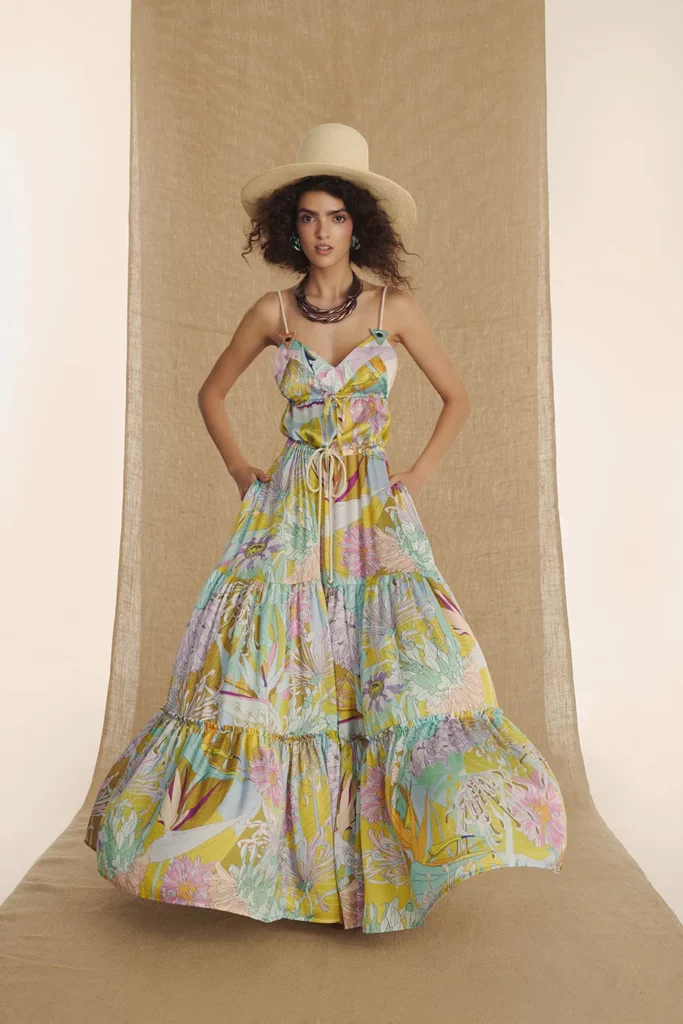
It’s not an easy process, nor is it just for two people, but the bigger challenges are in convincing a woman that investing in a garment like ours, instead of a popular Italian brand, but still featuring a label that says Made in China, shows respect towards herself and nature. These are cultural overlays that are missing, and unfortunately, it will take some time. We often fail to see adequacy and understanding of the skills, time, and energy invested, but when it happens, it is very inspiring indeed.
We have our followers and loyal customers, and it is their enthusiasm that inspires us.
Antonia Yordanova and Kristina Butchvarova
After all, we have our followers and loyal customers, and it is their enthusiasm that inspires us. The fashion industry is brutal and irreversibly oversaturated with names and ideas now – this fact is scary and quite demotivating in a global aspect, and what’s left for the struggle of making fashion in an infinitely intolerant scene like ours in Bulgaria. That’s why having people who wear our clothes and wear them with happiness and gratitude is the most important thing!
To make money from fashion in Bulgaria, you must do something commercial. The way we see it, that cannot lead to the artistic development and success we want to achieve. That’s why the understanding of style and the understanding of fashion in Bulgaria is reduced to a very basic and completely inadequate level in the world. In this sense, the future of really outstanding designers is abroad, not here. This was an absolute fact back when we were students.
Bulgarians justify everything with financial opportunities or rather their lack thereof, but the truth is that there is a general lack of taste and shopping culture. There is constant talk about capsule wardrobes about responsibility to nature, but the fear of being different only leads to complete visual sadness, to a merging with the surroundings, a depersonalization. What is worse is that both men and women resemble the representatives of previous generations in their appearance. But there’s some hope in young people 15+ who are the bearers of some modernity.
Sandra Klincheva, a graduate of Central Saint Martins, leading stylist, designer, and lecturer, founder of swim and apparel label MORÉ NOIR
We must distinguish between fashion that is made in Bulgaria to be sold on the local market and companies that make fashion meant to be sold abroad. I think these two things are driven by different strategies for two essentially different markets. The Bulgarian market has its local specificity, and the world market, depending on the region where we want to sell, also has its specificity.

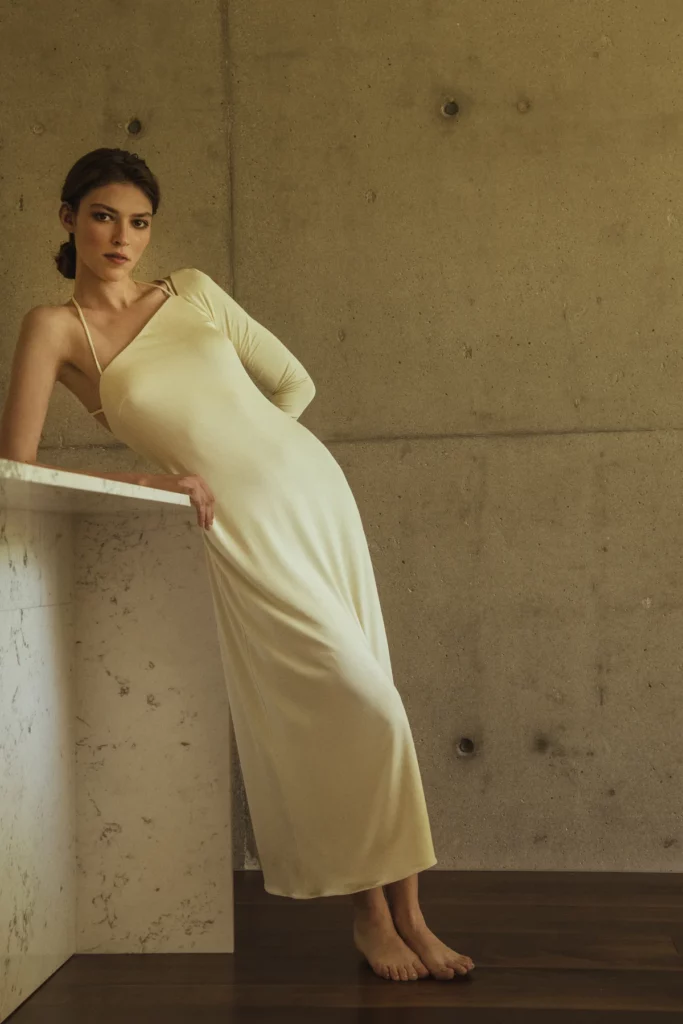
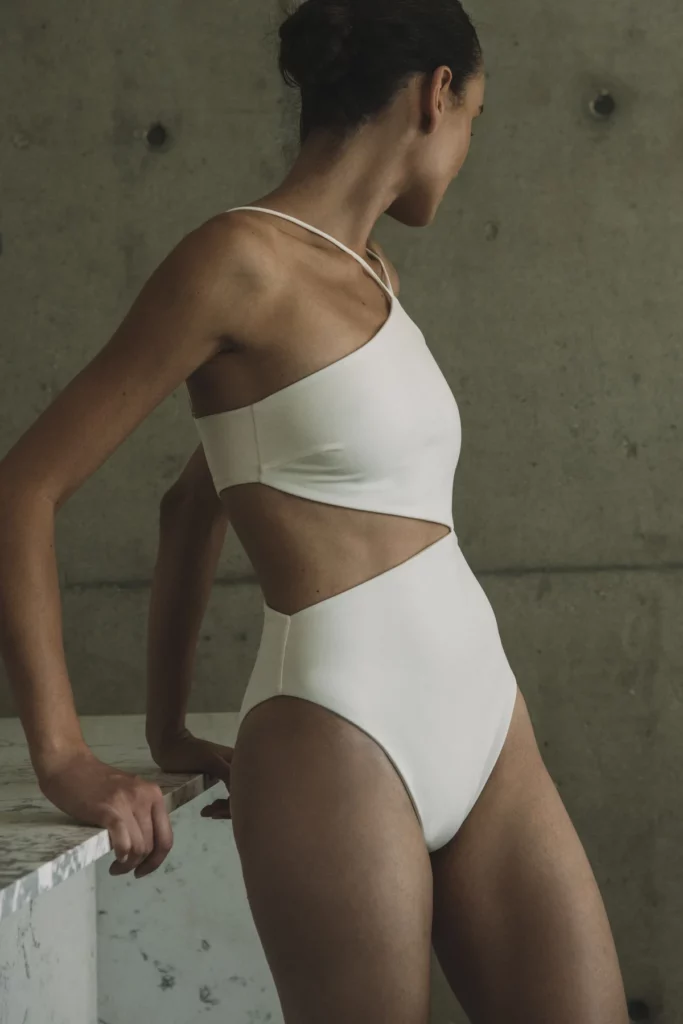
That being said, many companies are successful in the Bulgarian market, but very few make Bulgarian fashion that sells abroad. However, there are things that have happened in the last six or seven years that are certainly a positive sign for me. There are Bulgarian companies that have reached an awful lot of markets. Long story short, there are designers who are doing well in that direction. I would single out BY FAR, a brand focusing on bags, shoes, and other accessories with contemporary design. They appeal to different markets, be it American, European, or Asian. They’ve managed to strike that balance between aesthetics and quality, and they’ve made their product desirable, which I think is the hardest part.
It’s cultural, I think. There will always be a rush to show more of the female body in Southeast Europe.
Sandra Klincheva
But back in Bulgaria, a few things come to mind when looking at how both men and women dress on the street. It’s cultural, I think. There will always be a rush to show more of the female body in Southeast Europe. I think that makes us very different from some Scandinavian countries, for example, that have a different aesthetic. There, the shapes of the female body are not necessarily shown so visibly and literally. Women there don’t reveal that much, not in the way it’s being done in our part of Europe. I think those are some of those aesthetics that are inherited. In America, another example, there’s a whole other kind of cultural overlay. American women do have a much more polished look, sometimes going more in a sporty direction.
And then we come to the Bulgarian men. The starting point, somewhat similarly, is “Let’s show the body”. Some of the young men have a desire to show their physique, and in this, they are not so much driven by etiquette or style. The idea is that a T-shirt should show a man who cares about his muscles and his body. That’s much more commonplace on our streets than, let’s say, a perfectly fitting blazer.


